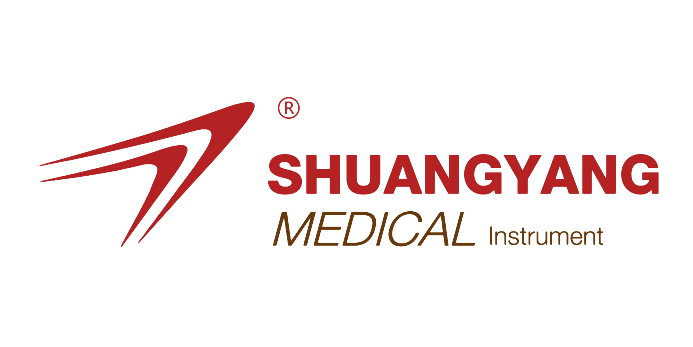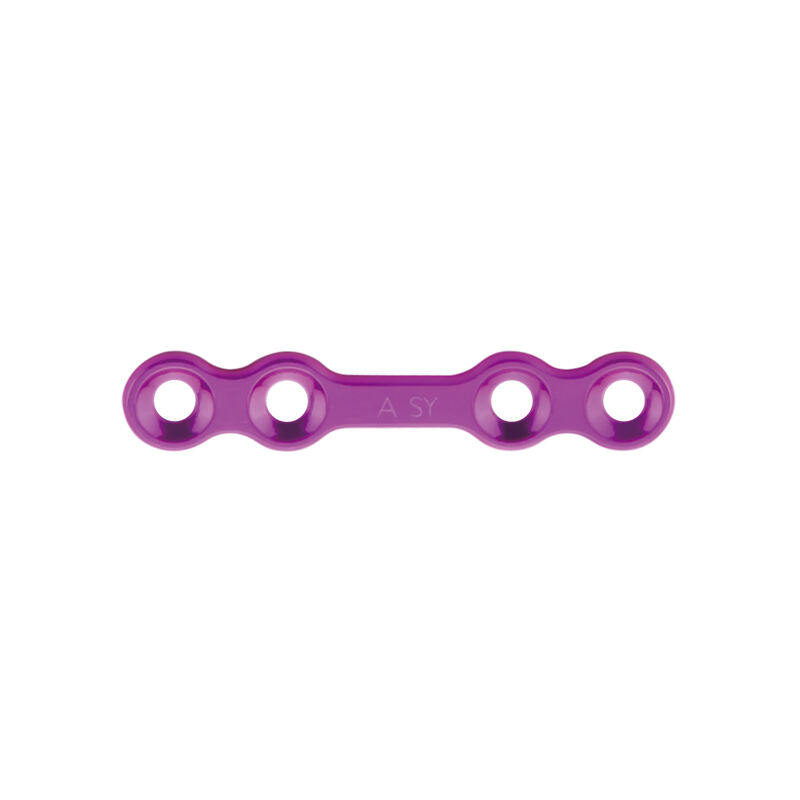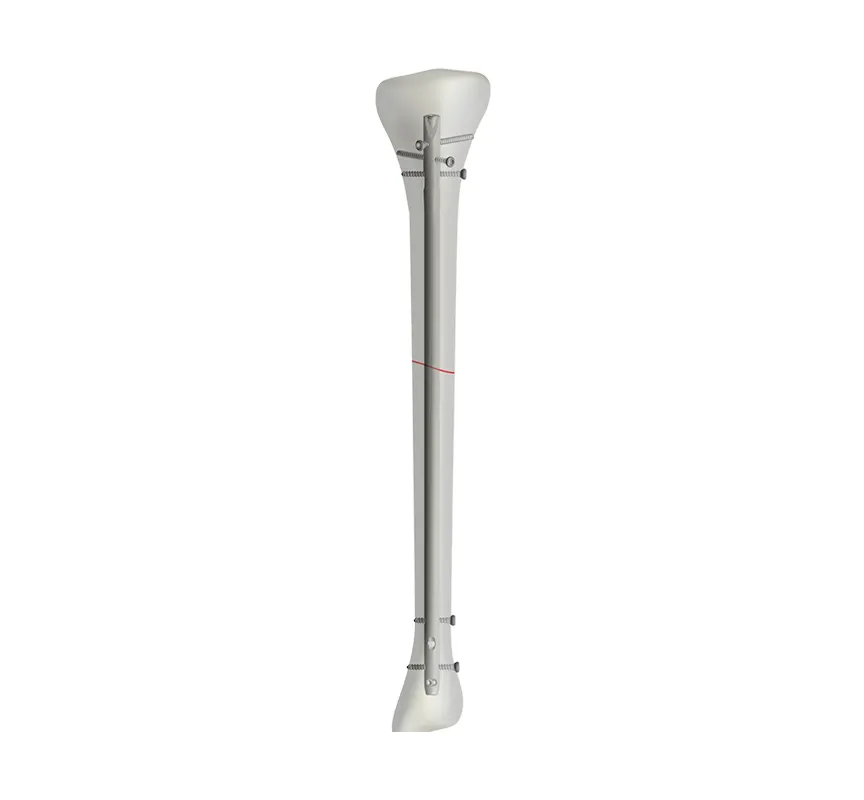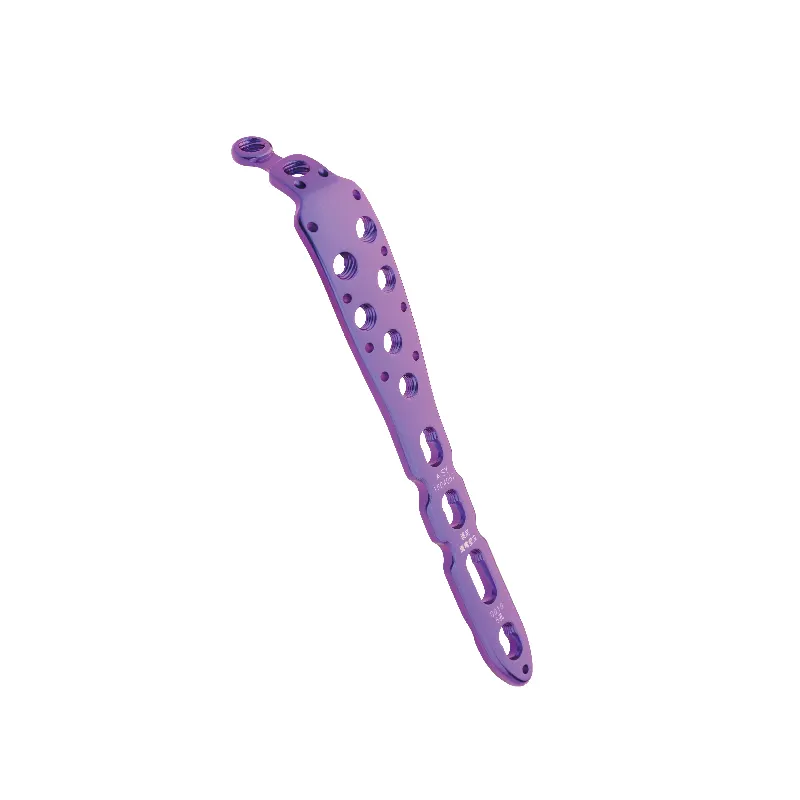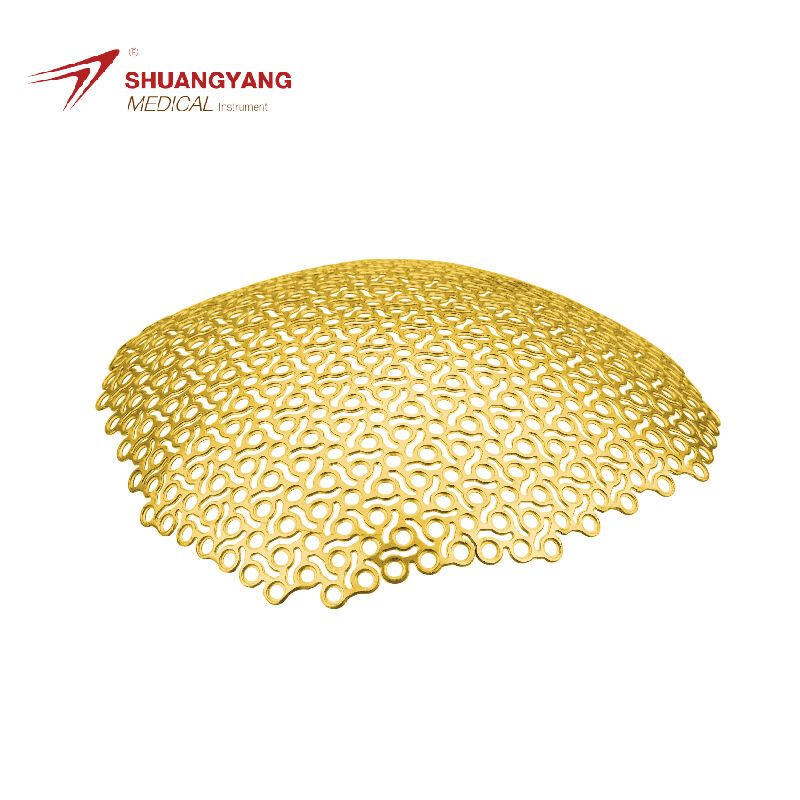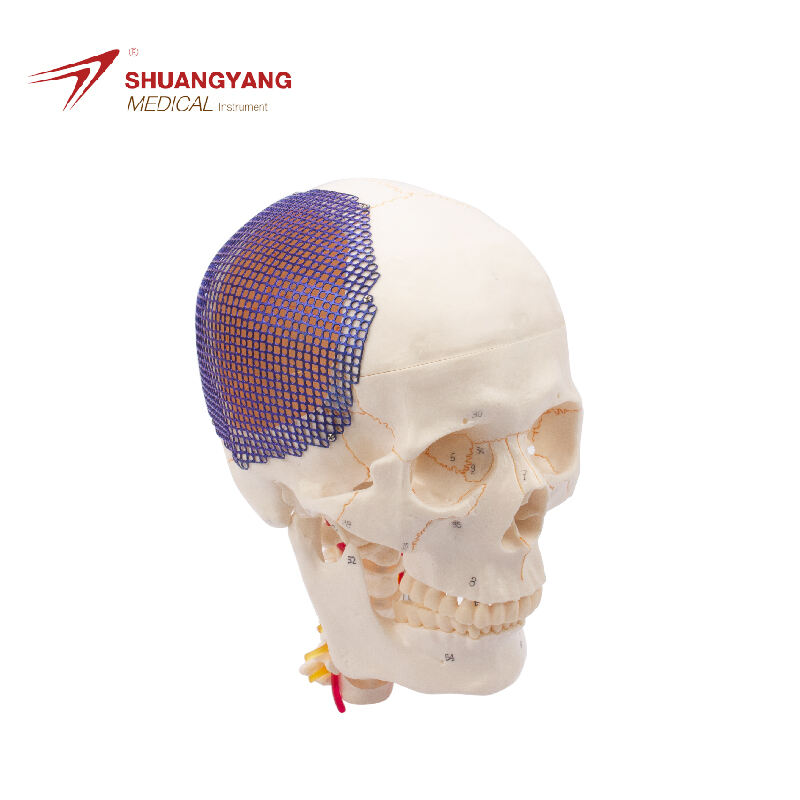sternal plate surgery
Sternal plate surgery is a sophisticated medical procedure involving the use of a sternal plate, a metal device designed to stabilize the sternum after it has been divided for cardiac or other thoracic surgeries. The main functions of the sternal plate include maintaining the integrity of the chest wall, supporting the healing sternum, and reducing postoperative pain by distributing pressure evenly across the sternum. Technological features of the sternal plate include its lightweight, corrosion-resistant materials, and its ability to be customized to fit the patient's anatomy. This innovation in surgical techniques has numerous applications, from cardiac surgery to thoracic procedures, offering a reliable method to ensure proper healing of the sternum with minimal complications.
 EN
EN
 FR
FR
 ES
ES
 AR
AR
